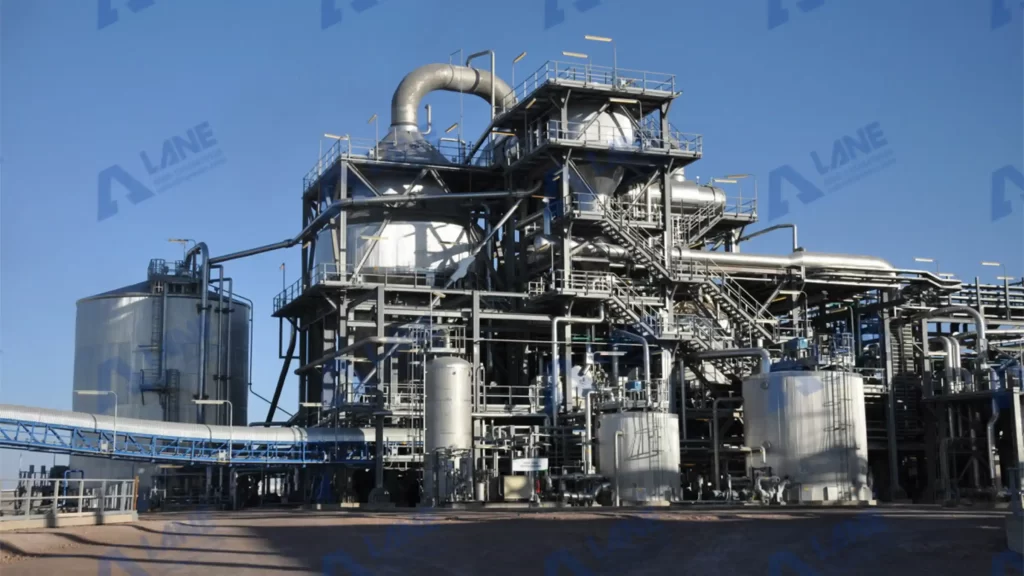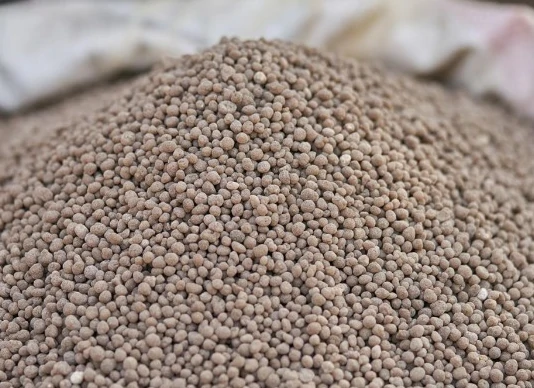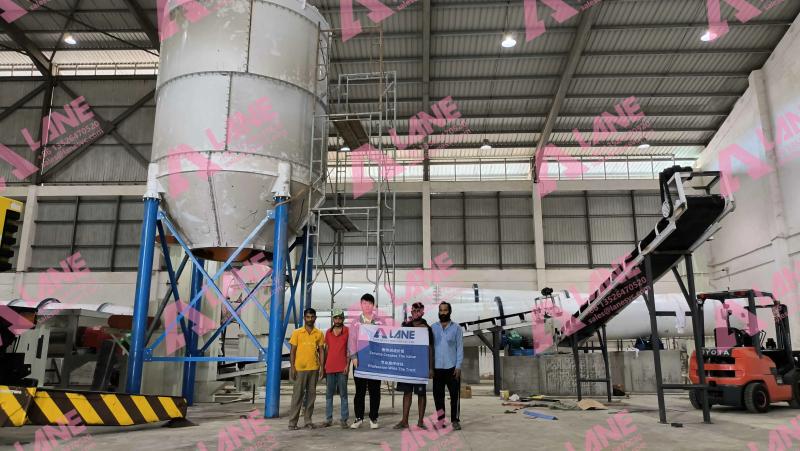
A MAP granulator machine is a key piece of equipment used in the Monoammonium Phosphate (MAP) fertilizer production process. It plays a central role in converting fine phosphate salts and amino raw materials into uniform and high-quality granules. In modern agriculture, precise nutrient delivery and stable quality are of utmost importance. The efficiency and reliability of the MAP granulator machine directly determine the productivity of the entire fertilizer production line.

Understanding MAP Fertilizer and Its Role in Agriculture
Monoammonium Phosphate (MAP) is one of the most widely used phosphate fertilizers in the world. It combines two essential nutrients — nitrogen (N) and phosphorus (P) — that are critical for plant growth and root development. MAP fertilizer is known for its high nutrient concentration, low hygroscopicity (resistance to moisture), and excellent compatibility with other fertilizers.
However, to achieve these characteristics, the production process requires precise granulation — and that’s where the MAP granulator machine comes in. The machine ensures uniform granule size, improved handling, and better application efficiency.
Working Principle of a MAP Granulator Machine
The working process of a MAP granulator machine involves transforming powdery or slurry raw materials into solid spherical granules through mechanical force and controlled chemical reaction.
Here’s how it works step-by-step:
Raw Material Feeding
Phosphate rock powder and ammonia gas or liquid are mixed in precise proportions and fed into the granulator. The machine maintains a balanced feed rate to ensure even reaction and granulation.
Chemical Reaction and Granulation
Inside the granulator drum (or double roller system), ammonia reacts with phosphoric acid to form Monoammonium Phosphate. During rotation or pressure molding, the material gradually agglomerates into small, uniform granules.
Drying and Cooling
The wet granules are sent to a rotary dryer for moisture removal, followed by a cooling machine to stabilize granule temperature.
Screening and Recycling
Granules are screened through a vibrating sieve; oversized or undersized particles are recycled back into the granulator for reprocessing, ensuring consistent quality.
Automatic Packaging
The final granules are weighed and packed using a PLC-controlled automatic packaging machine, which ensures precision and efficiency in final product handling.
Through this controlled process, the MAP granulator machine helps maintain granule uniformity, reduces dust formation, and enhances product storage stability.

Technical Features of the MAP Granulator Machine
| Feature | Description |
| Granule Size Range | 2–6 mm, adjustable |
| Moisture Content After Granulation | ≤ 3% |
| Granulation Rate | 90–95% |
| Power Source | Electric motor drive or gear transmission |
| Production Capacity | From 1 T/H to over 20 T/H |
| Material of Construction | Carbon steel or stainless steel for corrosion resistance |
These parameters make the MAP granulator machine a reliable and adaptable choice for both new fertilizer projects and modernization of existing plants.
Benefits of Using a MAP Granulator Machine
Using a MAP granulator machine brings numerous advantages to fertilizer producers who aim for both efficiency and high product quality.
Firstly, it can ensure uniform particle size and density, thereby directly improving the nutrient distribution and solubility of monoammonium phosphate (MAP) fertilizer in the soil. This helps crops absorb phosphorus and nitrogen more effectively, ultimately increasing yields.
Secondly, this equipment can achieve stable and continuous production, reduce material waste, and improve energy efficiency. Modern MAP granulators are usually equipped with automatic control systems and stainless steel liners, ensuring their durability and ease of maintenance even during long-term industrial operation.
Furthermore, the use of the MAP granulator helps producers comply with environmental regulations by minimizing dust emissions during the granulation process. It also simplifies the entire MAP fertilizer production process from feeding to drying and cooling, making it more cost-effective and easier to scale up for production, suitable for fertilizer plants of various sizes.
In short, using the MAP granulator means higher output, better product quality and lower operating costs – all of which are crucial for maintaining competitiveness in today’s fertilizer market.
LANE’s Expertise in MAP Fertilizer Production
With years of experience in fertilizer engineering, LANE has become a trusted manufacturer and supplier of MAP granulator machines and complete MAP fertilizer production lines.
LANE’s advantages include:
Comprehensive System Design – From raw material feeding to automatic packaging, every step is optimized.
Customized Solutions – Equipment and capacity are tailored to customer needs, whether for small plants or industrial-scale operations.
High-Quality Components – The use of anti-corrosion materials, advanced gear systems, and precision bearings ensures stability under continuous operation.
On-site Support & Installation – LANE provides professional engineers for installation guidance and after-sales technical support worldwide.
By choosing LANE’s MAP granulator machine, customers gain not only high-quality equipment but also reliable technical partnership for long-term success.

The MAP granulator machine is the core equipment behind high-quality Monoammonium Phosphate fertilizer production. By transforming raw materials into durable, uniform granules, it ensures efficiency, precision, and sustainability in fertilizer manufacturing.
With reliable design, advanced technology, and professional support, LANE helps global fertilizer producers improve output, reduce waste, and strengthen their market competitiveness.
Of course, we also offer other types of products for your different needs, you can click to view.
For more information, please contact us by sending an inquiry today! We can help you!
Copyright © Henan Lane Heavy Industry Machinery Technology Co., Ltd.